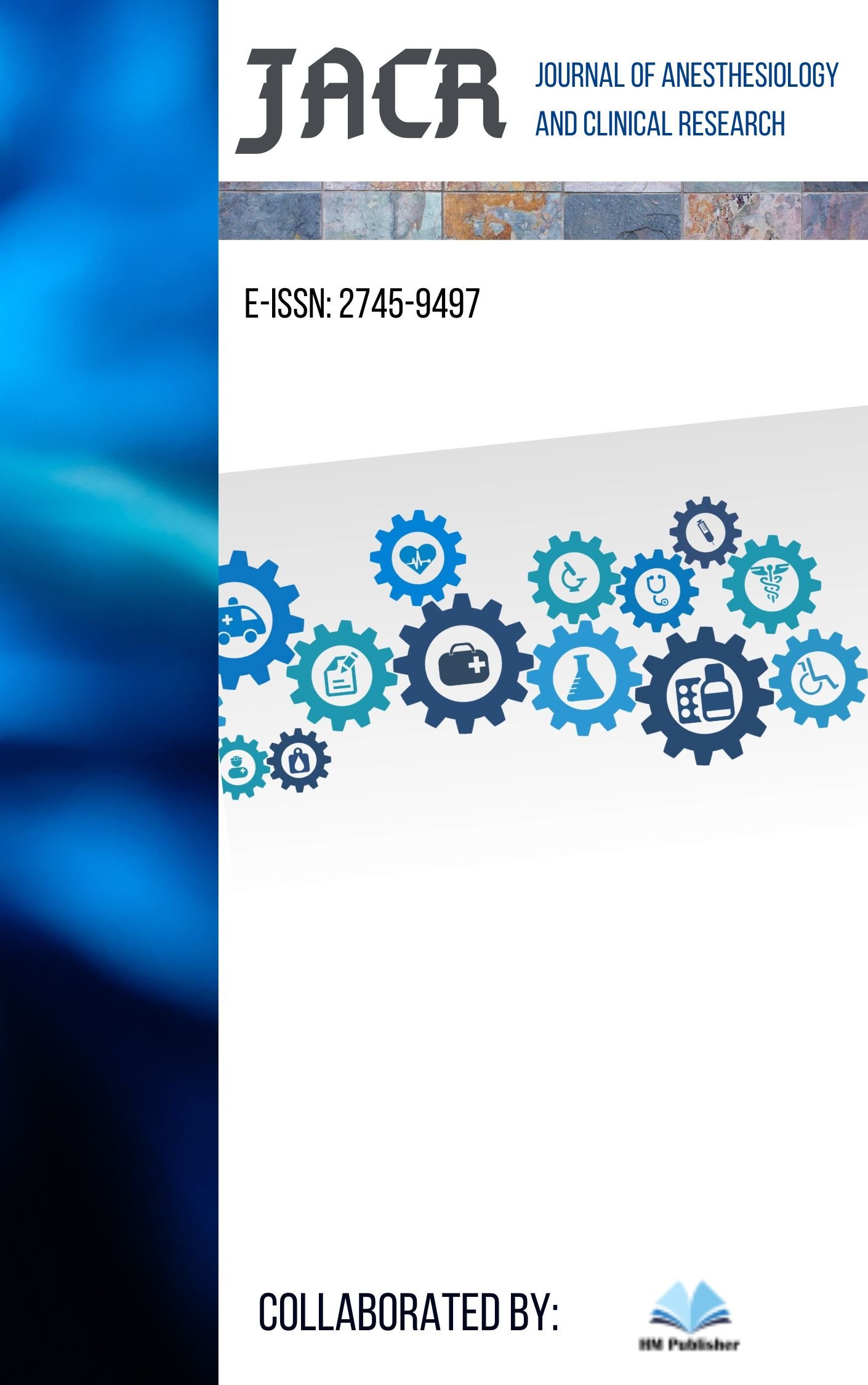Main Article Content
Abstract
Introduction: Envenomation by snakes of the Bungarus genus (kraits) represents a critical medical emergency, particularly prevalent in South and Southeast Asia, including Indonesia. Krait venom is primarily neurotoxic, often containing potent presynaptic toxins (β-bungarotoxins) that disrupt neuromuscular transmission, leading to rapidly progressive descending paralysis. Respiratory failure due to diaphragmatic and intercostal muscle paralysis is the most life-threatening complication, necessitating immediate and expert intensive care management.
Case presentation: We report the case of a 55-year-old Indonesian male who presented to the emergency department approximately five hours after being bitten on his right hand by a snake suspected to be a Weling (Bungarus sp.). He exhibited rapidly deteriorating neurological function, including dysarthria and decreased consciousness, progressing swiftly to acute respiratory failure with paradoxical breathing and hypoxia. Emergent endotracheal intubation and mechanical ventilation were instituted. Subsequent management in the Intensive Care Unit (ICU) involved continued ventilatory support, administration of polyvalent snake antivenom (SABU), sedation, broad-spectrum antibiotics for complicating pneumonia, and comprehensive supportive care. Nerve conduction studies later confirmed bilateral phrenic nerve palsy and severe sensorimotor axonal polyneuropathy.
Conclusion: This case highlights the fulminant respiratory failure characteristic of severe Bungarus envenomation. Prompt recognition, aggressive airway management, and mechanical ventilation are paramount lifesaving interventions. While antivenom administration is a standard therapy, its efficacy in reversing established presynaptic neuromuscular blockade remains debated, underscoring the critical role of prolonged ventilatory support and meticulous ICU care until neuromuscular function recovers, which can be significantly delayed due to the nature of presynaptic toxins. This case reinforces the need for high vigilance and resource preparedness in managing neurotoxic snakebites in endemic regions.

